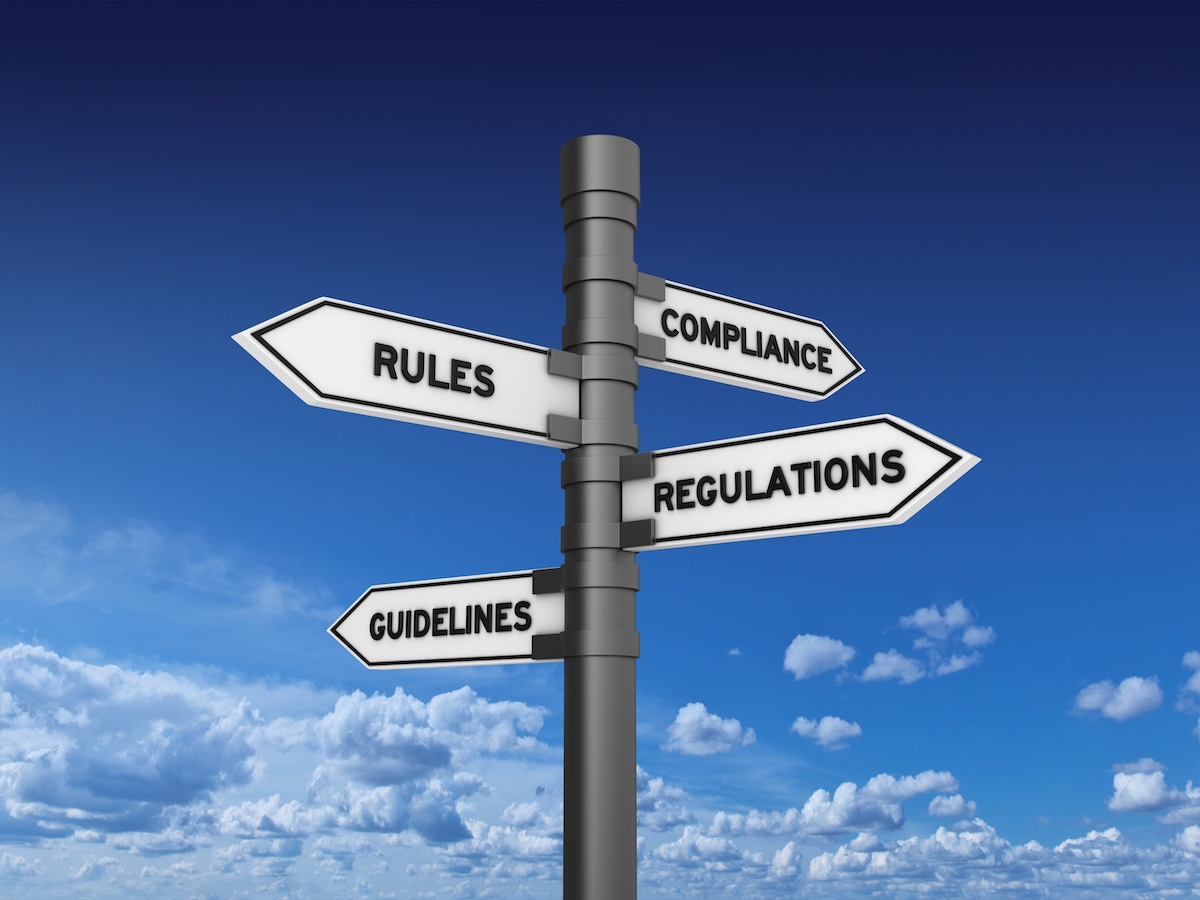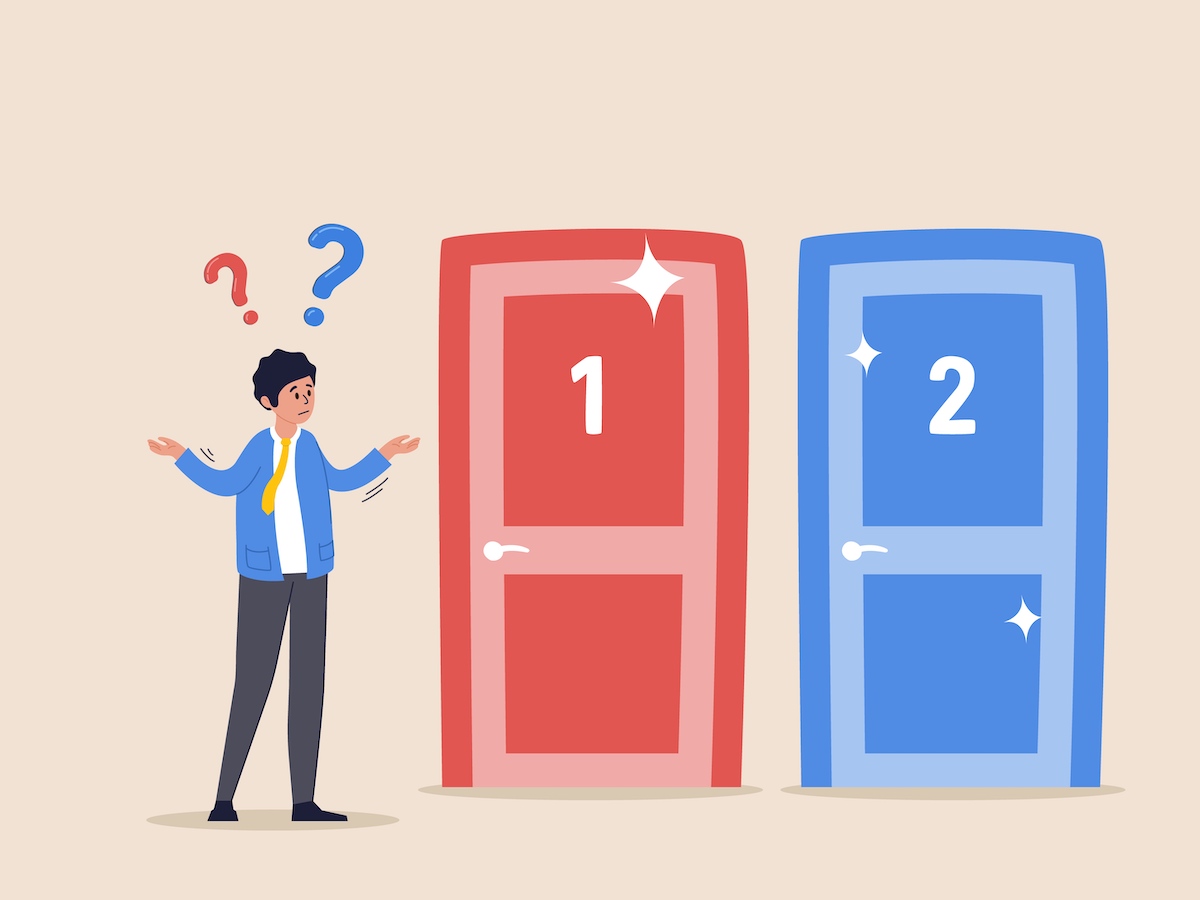Is Your Active Directory Connect Headed Out to Pasture?

Change is a given with evolving technology, and more is coming with Azure Active Directory Connect. Here’s what you need to know to make sure you stay ahead of the changes…
On March 15, Microsoft will begin retiring past versions of Azure AD Connect Sync 2.0.x, 12 months from the date they are superseded by a newer version. This upgrade is especially important since Microsoft had to update their prerequisites for Azure AD Connect and you may need additional time to plan and update your servers to the newer versions of these prerequisites.
The following versions will retire on March 15, 2023:
- 2.0.91.0
- 2.0.89.0
- 2.0.88.0
- 2.0.28.0
- 2.0.25.1
- 2.0.10.0
- 2.0.9.0
- 2.0.8.0
- 2.0.3.0
If you’re not already using the latest release version of Azure AD Connect Sync, you should upgrade your software before the March 15 deadline.
What happens if you don’t upgrade your Azure AD Connect?
If you’re running a retired version, it might unexpectedly stop working. You also might not have the latest security fixes, performance improvements, troubleshooting and diagnostic tools, and service enhancements. If you require support, Microsoft might not be able to provide you with the level of service your organization needs.
What about auto-upgrade?
Not all releases of Azure AD Connect are made available for auto-upgrade. The release status indicates whether a release is made available for auto-upgrade or for download only. If auto-upgrade was enabled on your Azure AD Connect server, that server automatically upgrades to the latest version of Azure AD Connect that’s released for auto-upgrade. Not all Azure AD Connect configurations are eligible for auto-upgrade.
Auto-upgrade is meant to push all important updates and critical fixes to you. It isn’t necessarily the latest version because not all versions will require or include a fix to a critical security issue. (This example is just one of many.) Critical issues are usually addressed with a new version provided via auto-upgrade. If there are no such issues, there are no updates pushed out by using auto-upgrade. In general, if you’re using the latest auto-upgrade version, you should be good.
In conclusion…
For Microsoft’s detailed information on Azure AD Connect’s version release history, refer to their documentation here. And as always, if you’d like help getting it done, or need any other Azure related help, we are here to assist.
KEEP MOVING FORWARD. WE GOT YOUR BACK.
Frequently asked questions…
What is Microsoft Azure Active Directory Connect?
Microsoft Azure Active Directory Connect is a tool that allows organizations to integrate their on-premises identity infrastructure with Azure Active Directory. It provides health monitoring, synchronization of users, groups, and contacts, as well as authentication and authorization for accessing Microsoft cloud services such as Office 365 and Azure.
What is Azure AD portal?
The Azure AD portal is a web-based interface that allows administrators to manage and configure Azure Active Directory resources, such as users, groups, applications, and devices. It provides a central location for managing identity and access in Azure, and includes features for managing authentication, conditional access policies, and security settings.
Additional Resources:



